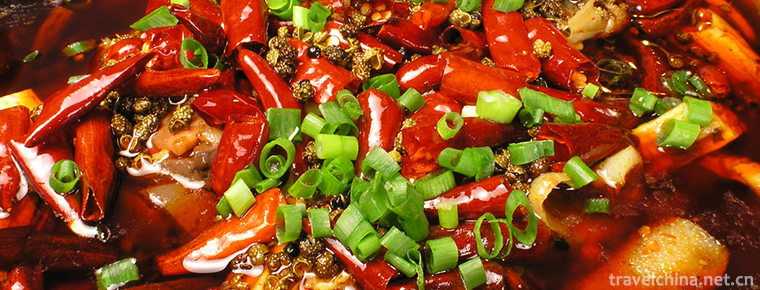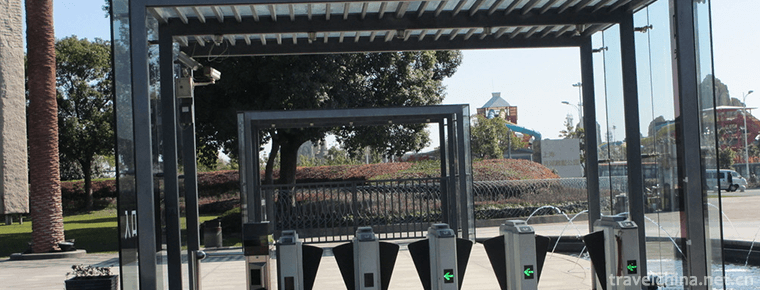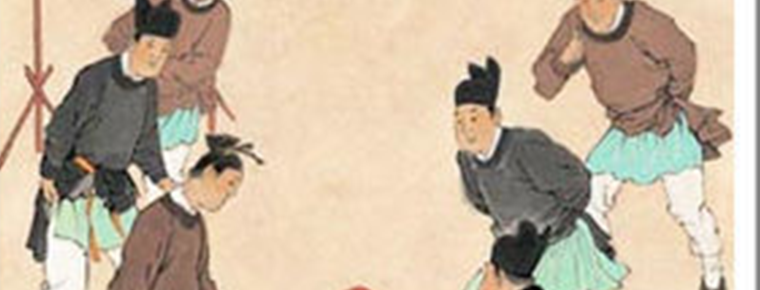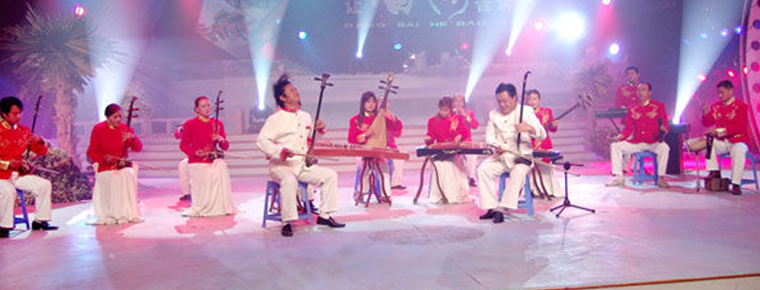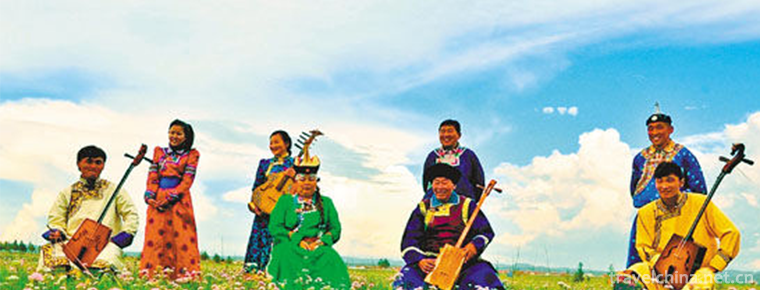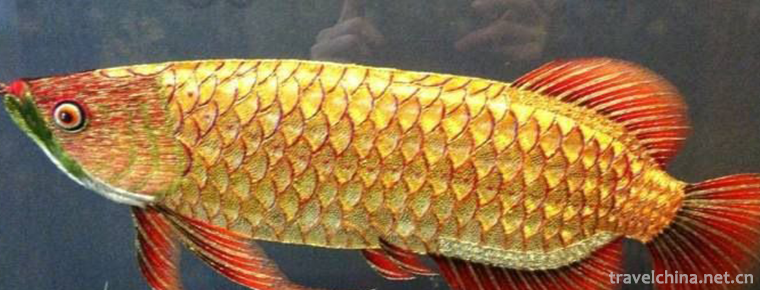memorial ceremony for Confucius
memorial ceremony for Confucius
The sacrifice to Confucius is a grand sacrifice ceremony held mainly in Confucian temples for the sake of revering and remembering Confucius, which is a miracle in the history of world sacrifice and human culture festival.
The ceremony of sacrificing Confucius is a large-scale temple music and dance activity dedicated to Confucius in Qufu, Shandong Province. It is also called "Ding Sacrifice Music and Dance" or "Dacheng Music and Dance". It is a comprehensive artistic performance form that integrates music, song, dance and ritual. It is held every year on August 27, the lunar calendar, when Confucius was born. The ceremony of sacrificing Confucius usually lasts from September 26 to October 10 every year. Since Qufu Gong offered sacrifices to Confucius in 2004, it has been the 12th sacrifice to Confucius in 2015.
On May 20, 2006, the ceremony declared by Qufu City, Shandong Province, was approved by the State Council and listed in the first batch of national intangible cultural heritage list. In November 2011, Li Wenguang was selected as the representative successor of the provincial intangible cultural heritage project for the ceremony of Confucius.
Forming the headstream
The sacrificial ceremony to Confucius is a grand sacrificial ceremony held mainly in Confucian temples for the sake of revering and remembering the most saintly ancestor of the Chinese nation. It has never stopped for more than two thousand years. In ancient times, the sacrificial ceremony to Confucius was called the "Grand National Ceremony" and became a miracle in the history of world sacrificial history and human cultural festival.
The activities of sacrificing Confucius can be traced back to 478 B.C. The second year after Confucius died, Gong Ai of Lu turned Confucius'former residence into Shoutang to sacrifice Confucius, and the former residence of Confucius became the first Confucius temple in the world.
Liu Bang, the great ancestor of the Han Dynasty, passed through Lu and offered sacrifices to Confucius with "Tailao", which was the first sacrifice to Confucius by emperors of all dynasties. After Emperor Wudi of Han Dynasty deposed hundreds of schools and solely respected Confucianism, Confucian temples were built in succession in various places. To the grand occasion of Confucian temples in Zhixian County, Confucian temples gradually evolved into feudal ritual temples offering sacrifices to Confucius.
Since the Emperor Xuanzong of Tang Dynasty sealed Confucius as "King Wenxuan" in 739, the activities of offering sacrifices to Confucius began to upgrade. After the Song Dynasty, the sacrificial system rose steadily, the Ming Dynasty had reached the imperial specifications, and by the Qing Dynasty, the sacrificial ceremony to Confucius was grand and grand, reaching its peak. In the Qing Dynasty, Emperor Qianlong visited Confucius eight times in person.
Since the seventeenth century, many ritual Confucian temples have been built in China's neighboring countries such as Vietnam, Korea, Japan and other countries and regions. Since the 18th century, with the spread of Confucianism and the migration of Chinese, many Confucian temples have appeared in other countries in Europe, America and Asia. In its heyday, there were more than 3,000 Confucian temples in the world, including more than 2,000 ritual temples, which were the most ritual temples in the world.
The government of the Republic of China explicitly ordered that the procedure and etiquette of sacrificing Confucius in the whole country be greatly changed. The sacrifice of a noble was replaced by a wreath, the classical sacrificial dress was replaced by a gown and a jacket, and the kneeling worship was replaced by a bow. In 1986, after half a century of silence, the ceremony of sacrificing Confucius was excavated and sorted out by Qufu's cultural department, which was reproduced at the opening ceremony of "Confucius'Hometown Tour". In 2004, the ceremony of sacrificing Confucius was changed from family sacrifice to government public sacrifice.
Scale of activities
The ceremony of offering sacrifices to Confucius is called "Shi Bian Li". Shi and Dian all have the meaning of display and presentation. They refer to the display of music, dance, offering sacrifices such as livestock and wine in the sacrifices. They show respect for Confucius. The main places where the emperors of Yuan, Ming and Qing dynasties held national memorials for Confucius are Confucius Temple in Beijing.
With the compliments and enclosures of emperors in past dynasties, the ritual ceremonies are becoming more and more grand and magnificent, and ceremonial instruments, musical instruments, movements and dance scores are mostly issued by the emperor. Emperors in past dynasties visited the main sacrifices, sent officials to offer sacrifices on behalf of others, or worshipped on the sidewalk, totaling 196 times.
At first, Confucius was sacrificed only once a year in autumn, and then twice in spring and autumn. Later, people held a big sacrifice on August 27 of the lunar calendar (traditionally the birthday of Confucius). The ceremony of sacrificing Confucius on this day is solemn. Even students studying in private schools and in schools should take one to three days off to show their respect. Those who attended the sacrifice were initially confined to the immediate descendants of Confucius. After the sacrifice to Confucius was regarded as the national ceremonies, "family sacrifice" continued as usual. State sacrifices are mostly offered by ministers, local officials designated by the emperor or the Emperor himself to the Temple of Confucius in Queli.
historical significance
The ceremony of sacrifice to Confucius embodies Confucian ideology and culture with music and dance. It embodies the high unity of artistic form and political content. It vividly explains the meaning of "ritual" in Confucius'theory, expresses the ideas of "benevolent people love people" and "establishing people by ritual". It has strong ideological affinity, spiritual cohesion and artistic appeal, and is helpful to the promotion of excellent traditional culture, construction and harmony. The music atmosphere, the construction of a harmonious society and the cohesion of national spirit play an irreplaceable role in society.
The sacrificial ceremony for Confucius in the new historical period will not only become an effective way and way for the outstanding groups of the Chinese nation to collectively remember the saints, inherit the fine traditions, carry forward the Chinese virtues, improve the national quality, strengthen national cohesion, enhance national self-confidence, inspire the national spirit, encourage Kunming to forge ahead after Kunming, promote world harmony and promote human civilization, but also in the history of Chinese culture and the world. The history of sacrifice and human civilization has left a deep impression.
The value, spirit and wisdom of Confucius, the sage of the East and the Confucian culture he advocated, will also be carried forward for the benefit of China for thousands of generations and be glorified by the world.
Protection status
In 1984, after many years of silence, the "Tour to Confucius'Hometown" was held in Qufu, and the performance of the ceremony of sacrificing Confucius appeared before people's eyes. At that time, Li Wenguang became one of the top eight dancers in Dacheng Hall. Nearly 30 years of persistence, Confucius Festival has become a national intangible cultural heritage. As a successor, Li Wenguang has assumed the important task of inheriting Confucius Festival.
On May 20, 2006, the folklore was approved by the State Council and listed in the first batch of national intangible cultural heritage list.
In 2014, Confucius Festival was published. The book is divided into chapters such as the significance of sacrificing Confucius, the historical origin of sacrificing Confucius, the grand occasion of sacrificing Confucius in recent years in Confucius temples at home and abroad, the cultural interpretation of sacrificing Confucius music and dance, and the appreciation of sacrificial works in past dynasties. It not only summarizes the history of sacrificing Confucius in past dynasties in China, excavates its profound cultural connotation, but

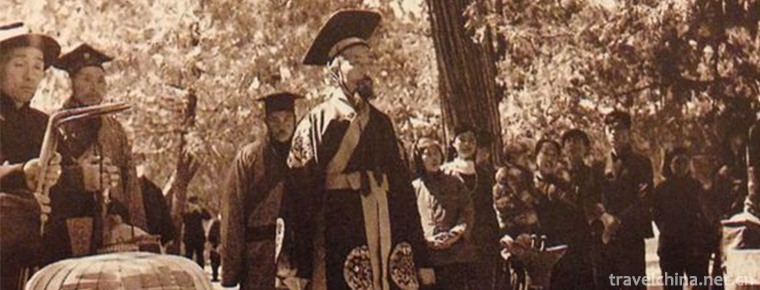
-
Duck Blood in Chili Sauce
The main ingredients of hairy blood are duck blood, cooking techniques are mainly cooked, and tastes are spicy and spicy. Originated in Chongqing, popular in Chongqing and southwest China, it is a fam.
Views: 400 Time 2018-10-27 -
Shanghai Yuehu Sculpture Park
Yuehu Sculpture Park is located in Sheshan National Tourism Resort, Songjiang District, Shanghai. It is built around the lake. It is a sculpture art park which combines natural scenery with modern lan.
Views: 100 Time 2019-03-09 -
ancient game of kicking a ball
Cuju, also known as "Biju", "Cuju", "Cuju", "Cuyun", "Cuyun", "building a ball" and "kicking a round", has the meaning of "Cu.
Views: 157 Time 2019-04-22 -
Major tune
The major tune was originally called "drum tune". Varieties of Quyiqu. It was first prevalent in Kaifeng, Henan Province, and then spread to Luoyang, Nanyang and other places..
Views: 360 Time 2019-04-23 -
Li nationality firewood dance
The firewood dance is one of the representative folk dances of the Li nationality. It is called "Turn Brake" and "Taisha" in the Li dialect. It originated from the funeral custom o.
Views: 214 Time 2019-05-12 -
Mongolian Folk Songs
Mongolian folk songs are mainly divided into two categories: ritual songs and pastoral songs. Mongolian folk songs are famous for their magnificent voices and melodious tunes..
Views: 85 Time 2019-06-04 -
The technical skill of penjing
Bonsai art refers to the Soviet bonsai art, which originated in the Tang Dynasty, flourished in the Ming Dynasty, matured in the Qing Dynasty, and developed in modern times. Since the 1980s, Suzhou Bo.
Views: 236 Time 2019-06-09 -
Guangdong embroidery
Guangdong embroidery is the general name of Guangzhou embroidery (Guangzhou embroidery) and Chaozhou embroidery (Chaozhou embroidery). It is one of the four famous embroidery in China..
Views: 202 Time 2019-07-16 -
Luzhou natural resources
The total amount of water resources in Luzhou is 6.657 billion cubic meters per year. The groundwater reserves are rich, reaching 1.065 billion cubic meters per year, among which Xuyong and Gulin counties in the south are the richest. The structural fissure water in the south.
Views: 344 Time 2020-12-14 -
Ecological environment of Luzhou
On July 5, 2019, the Ministry of ecology and environment of the people's Republic of China announced the special investigation of black and odorous water bodies in the first stage of overall planning and strengthening supervision in 2019. Luzhou was listed in the "list of cities whose.
Views: 348 Time 2020-12-14 -
Yibin economy
In 2019, Yibin City will realize a GDP of 260.189 billion yuan, an increase of 8.8% over the previous year in terms of comparable prices. Among them, the added value of the primary industry was 27.764 billion yuan, an increase of 2.9%; the add.
Views: 282 Time 2020-12-18 -
Animal resources in Guangan
There are 14 families, 30 species of mammals, 11 orders, 36 families, 115 species of birds, 19 species of reptiles and 10 species of frogs in Guang'an City. The national first-class protected birds include the Tragopan, which is mainly distributed in the forest area of H.
Views: 140 Time 2020-12-19
